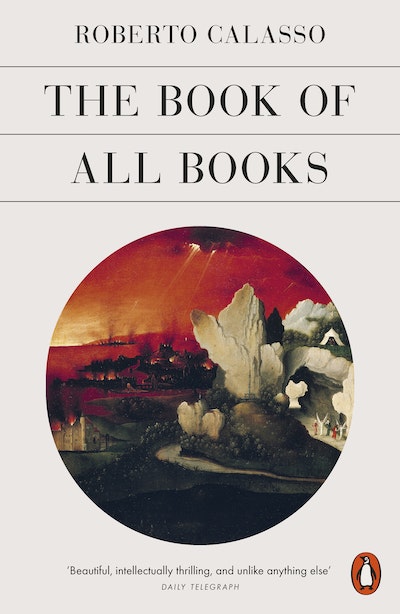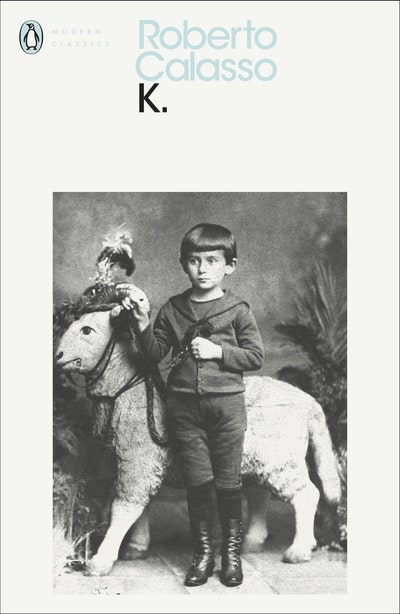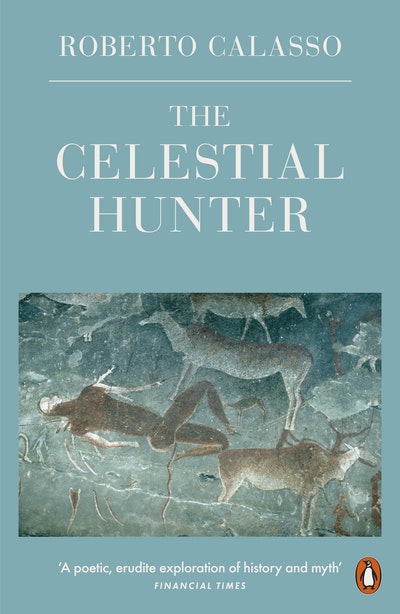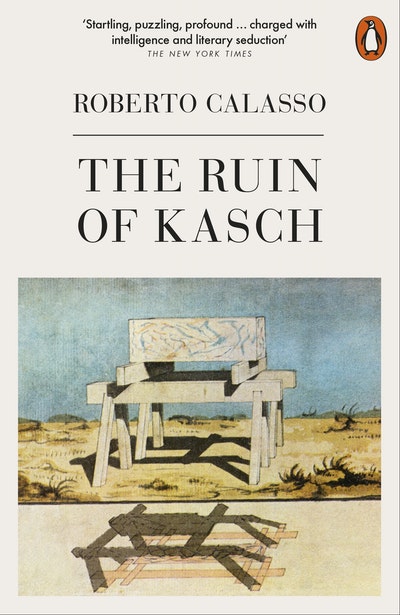Throughout his masterpiece, In Search of Lost Time, Proust repeatedly refers to colours as Tiepolo Pink or Tiepolo Red. Who exactly was the artist that he so memorable transformed into colour?
The eighteenth-century Venetian painter Giambattista Tiepolo spent his life executing commissions in churches, palaces and villas, creating frescoes that are among the glories of Western art. The life of an epoch swirled around him - but though his contemporaries admired him, they failed to understand him.
Few have attempted to tackle Tiepolo's series of bizarre and haunting etchings, but Roberto Calasso rises to the challenge, interpreting them as chapters in a dark narrative that contains the secret of Tiepolo's art. Blooming ephebes, Oriental sages, owls, snakes: we will find them all within the pages of this book, along with Venus, Time, Moses, angels, Cleopatra and Beatrice of Burgundy - a gypsyish company always on the go.
Calasso makes clear that Tiepolo was more than a dazzling intermezzo in the history of painting. Rather, he represented a particular way of meeting the challenge of form: endowed with a seemingly effortless style, Tiepolo was the last incarnation of that peculiar Italian virtue sprezzatura, the art of not seeming artful.











